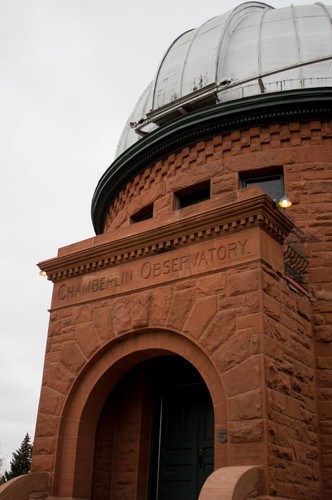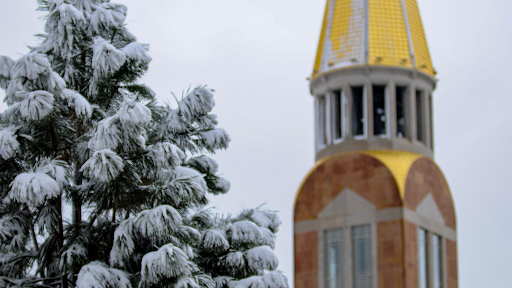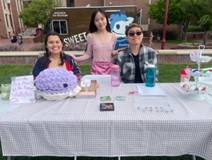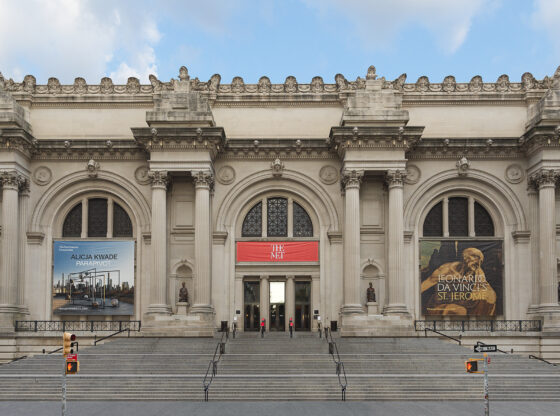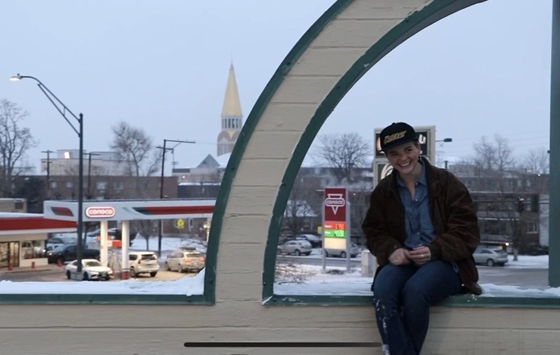 Photo by: Ryan Lumpkin
Photo by: Ryan Lumpkin
You don’t have to take an astronomy class to experience looking through a world-class telescope.
Since 1894, the Chamberlin Observatory has been a DU hallmark. It hosts monthly star viewing events that are open to the public, and the events are free to DU students with their IDs. Open House events occur monthly on a Saturday evening when the moon is close to first quarter phase.
“The public is invited to attend, look through the great telescope or enjoy the portable telescopes provided,” said Robert Stencel, professor and director of the Chamberlin Observatory since 1994.
The observatory’s next monthly viewing, nicknamed the “Star Party,” will be Saturday. This year, two monthly viewings will coincide with rare astronomical events. The first event will be the “Sun Party” on May 20, when attendees will be given a chance to view a partial solar eclipse. On June 5, the “Venus Blowout” event will be held to view the transit of Venus across the face of the sun.
Observatory events are great opportunities to get out and enjoy a spring night. Events are sponsored by the Denver Astrological Society, whose members bring their own telescopes to Observatory Park and allow any interested guest to view the stars and ask questions.
The observatory began construction in 1890 under the eye of Herbert Howe, DU’s dean of the College of Liberal Arts at the time. The observatory takes its name from Humphrey Chamberlin, the millionaire and amateur astronomer, who funded the project. It was Chamberlin who originally proposed building the telescope.
Over 100 years since its completion, the observatory still contains most of the original mechanisms. In 1980, the observatory was added to the National Register of Historical Places.
“It’s amazing that they could make something like this in the 1890s that would last over 100 years,” said Wyatt Stanland, a freshman engineering major.
During winter quarter, he took the astronomy class, in which students learn about the mechanics of the telescope in addition to basic astronomy.
“The telescope weighs 11 tons, but you can move it with your pinky finger because it’s so well-balanced. The most complicated mechanism, the clock drive, is still working perfectly with little maintenance since it was first installed,” said Stanland.
The astronomy class is open to all students and allows them to operate the telescopes. Stanland said the class primarily focused on viewing planets like Jupiter and Venus.
“One thing I thought was fascinating was that Jupiter is up there, but we can’t see it without a telescope. It’s just barely out of the vision of our naked eye. You can see a lot of planets as little dots in the sky, but you would just think they’re stars until you saw them through the telescope,” said Stanland.
For chance to look through the historic telescope, all you need is an open Saturday night and a desire to see the night sky in a way you’ve never imagined.

